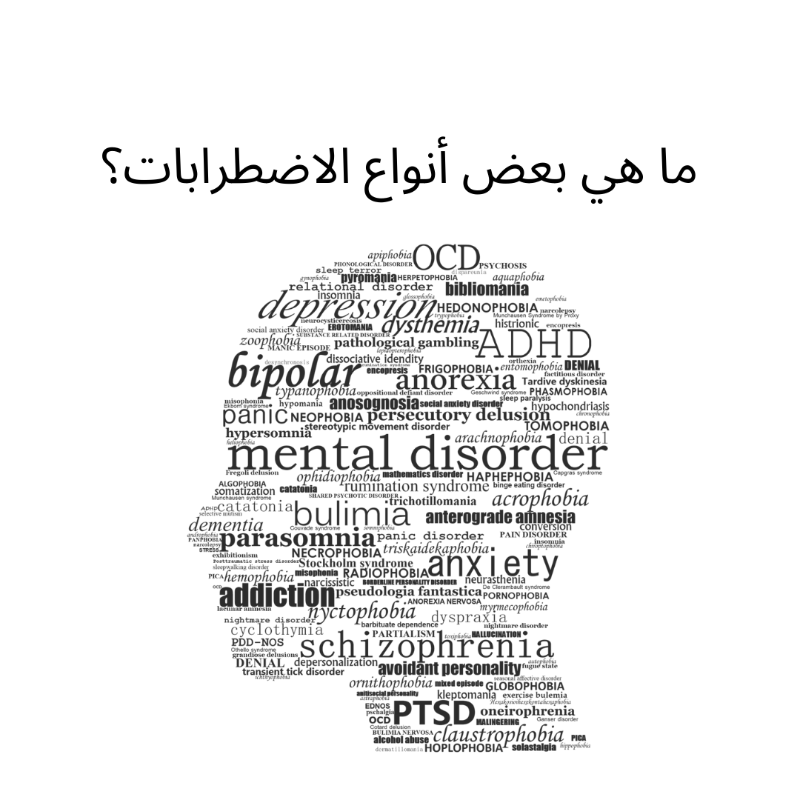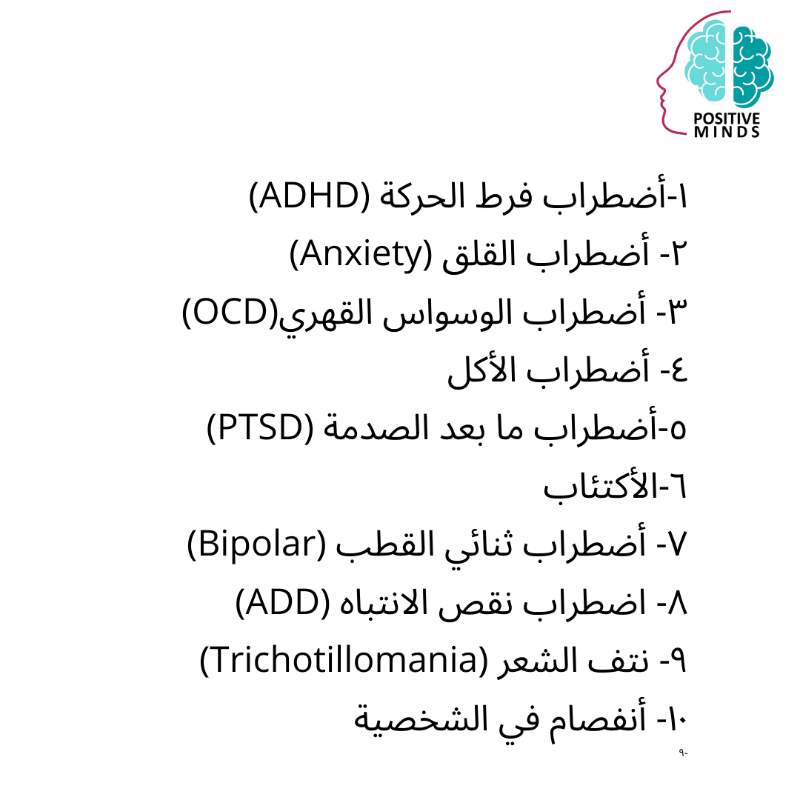What is Eating Disorders?
Eating disorders are a group of psychological problems that result in the development of poor eating patterns. They could begin with a food, body weight, or body form preoccupation. If left untreated, eating disorders can have major health repercussions and possibly lead to death.
There are 12 of eating disorders
- Anorexia:
Anorexia nervosa is the most fatal of all mental conditions, according to experts, because it has the highest mortality rate. As a result, we can classify it as the most severe of the 12 different types of eating disorders. This syndrome is characterized by severe food restriction, as well as excessive exercise and other purging habits.
- Bulimia Nervosa:
Bulimia nervosa is a disorder that happens when a person binges on huge amounts of food and then purges it. Forced vomiting, excessive exercise, and the use of laxatives and diet tablets are all examples of purging practices. Bingeing and purging are both risky behaviors, and when combined, they can swiftly lead to dangerous physical consequences.
- Muscle Dysmorphia:
Unlike most eating disorders, is more common in men than in women. A disruptive fixation with strength and physique characterizes the illness. The person will get obsessed with achieving the 'ideal' musculature.
- Binge Eating Disorder:
Binge eating disorder (BED) is characterized by episodes of binge eating huge amounts of food. A binge occurs when a person consumes an excessive amount of food in a two-hour period. Binges are often accompanied by a trance-like condition, guilt and shame, and weight gain. Unlike bulimia, BED normally does not involve any purging. BED patients are frequently overweight or obese as a result of their bingeing.
- Other Specified Feeding or Eating Disorder (OSFED):
OSFED is a catch-all term for eating disorders that don't fit neatly into any of the other categories. OSFED is frequently diagnosed by doctors and psychologists in persons with atypical anorexia or bulimia, as well as the following 7 unapproved diagnoses.
- Compulsive Over Eating (COE):
- This condition resembles binge eating disorder. COE is distinguished by the fact that the person does not binge in spurts, but rather consumes excessive amounts of food all day.
- Prader Willi Syndrome:
An inherited genetic illness causes this syndrome, which leads to obsessive eating and obesity. It starts with babies' weak muscles, poor nourishment, and sluggish development. The condition then creates excessive hunger in children. Diabetes is common in children with Prader Willi Syndrome, and they have a difficult time adjusting to a regular lifestyle.
- Diabulimia
This happens when a diabetic tries to lose weight by using his or her prescribed insulin.
- Orthorexia Nervosa (a term coined by the writer and medical doctor, Steven Bratman):
For various reasons, we are all under pressure to eat healthy. When someone has orthorexia nervosa, they become so consumed with creating the perfect diet that it causes them to lose control of their lives.
- Selective Eating Disorder:
This eating disorder is similar to picky eating, but on a much more severe and debilitating scale. An individual becomes ill as a result of their diet selection, which usually consists of only one or two meals.
- Drunkorexia
This word, which has a slightly obnoxious name, refers to an eating disorder that is also accompanied by drinking. To "save calories" for drinking alcohol, the drunk-orexic person restricts eating and purges. If drunkorexia is not treated, severe malnutrition can result.
- Pregorexia
Most women go into pregnancy with a weight loss strategy because it is well known that pregnancy causes weight increase and other biological changes. The weight loss plan might sometimes be too drastic, putting both mom and baby in danger. Low birth weight, coronary heart disease, type 2 diabetes, stroke, hypertension, cardiovascular disease risk, and depression are all risks associated with pregorexia.
Symptoms:
-Grey skin and chapped lips
-Defecation and dehydration-related fainting episodes
-Hair fall abnormal or nonexistent menstrual periods
-Disturbed sleep cycles
-Damage to the musculoskeletal system and pain from overexertion
-Self-induced vomiting-related dental erosions
-Gastroesophageal reflux disease, persistent constipation, and other digestive issues
-Clearly low blood pressure and heart rate
-Upper respiratory infections are prone to low vigor, general ill health Despite negative personal and physical effects, an individual with an eating disorder will maintain these practices. Whatever the motive for the eating disorder, these acts are hazardous and can cause serious functional impairment, even death in extreme circumstances. This may be induced by a variety of factors and have a variety of aims.
Treatment:
-Plans for treating eating disorders are individually created for each patient and may combine several therapy.
-Talk therapy and routine doctor visits are typically part of the course of treatment.
-Early treatment for eating disorders is crucial because there is a high risk of medical consequences and suicide.
Treatments may Include:
-Individual, group, or family psychotherapy
- Medications
- Nutritional counseling
تصميم موقع . كم



